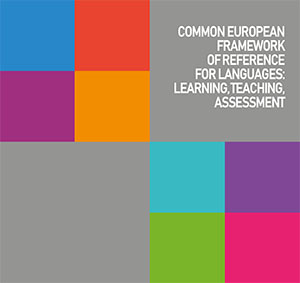CEFR Reference level descriptions language by language: components and forerunners
The RLDs constitute structured inventories of a language’s words and “rules” that are deemed necessary to produce oral and written texts corresponding to the CEFR descriptor scales. These are graded according to six levels of complexity from A1 to C2. For each level, the RLDs provide inventories of linguistic forms that need to be mastered: types of text, functions, such as proposing or defining, and how they are expressed verbally, and elements of grammar of meaning, for example the expression of space and quantity, of morphology and of syntactical and lexical skills. Aside from these common elements, they may also provide inventories relating to spelling, pronunciation and the cultural and intercultural aspects of language learning.
They have been drawn up using a variety of methods, depending particularly on the amount of funding available for the activity. They all draw on research into acquisition of the language concerned, its linguistic descriptions and analyses of its textual genres, and benefit from the technical input of academics and teachers.
Forerunners of the RLDs: the threshold levels
Very early in the academic study of languages, attention focussed on the criteria to be applied or the enquiries to be carried out to determine which elements of language should be taught and how they should be gradually introduced over time into the teaching process. Towards the middle of the 1970s the Council of Europe’s Modern Languages Section - now the Language Policy Programme - promoted the development of a new generation of reference instruments: threshold levels (for example Un Niveau Seuil, Livello soglia, Kontaktschwelle, etc.).
For each language, these instruments provide inventories of the linguistic forms that particular learner groups, such as tourists, business persons or migrants, must master in order to reach a certain “threshold” of communication, namely one that enables them to communicate independently in a foreign country. They vary greatly from one to another, but are still structured on the same model and include, in particular, inventories of communicative functions – their most popular section. They often served as the basis for the formulation of RLDs.
The first “threshold level” specification to be developed was for English in 1975 (Threshold Level, Cambridge University Press), followed by French in 1976 (Un Niveau Seuil, Editions Didier). These two tools have, in practice, served as models for other languages. Threshold levels have now been established for numerous other languages, until 2004. They have since played a major role in language education and have served to validate the communicative approach to teaching. A compilation of Prefaces and Introductions of the Threshold Level series, covering the thirty-year period from 1975 to 2004, offers an insight into how this tool has developed and has been adapted to specific languages.



